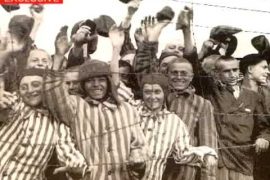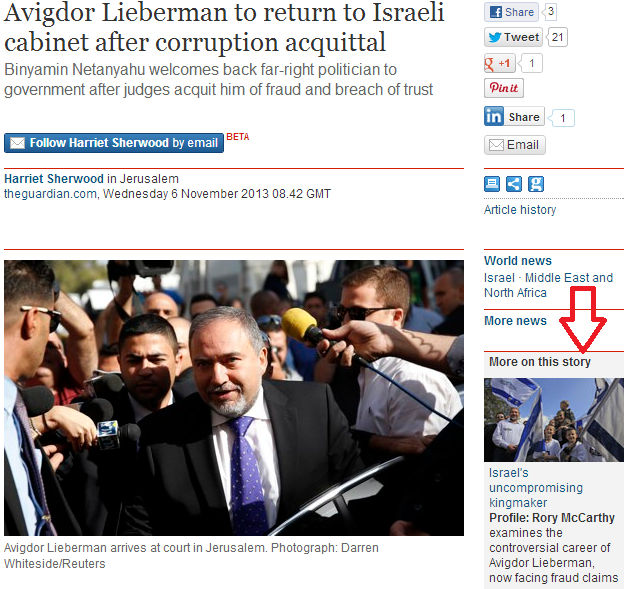As pointed out in a previous post, the BBC claims that:
“A member of the audience who watches, listens and reads the full range of our output should be coherently and cogently informed about events in Israel and the occupied territories, and should better understand the complex forces that are at work.”
“The full range of output” includes the BBC News section of the somewhat labyrinthine website BBC Online. According to a document prepared by BBC News Editors for the 2006 Thomas Report:
“Among the requests from both sides in the conflict is that we should more frequently recount its history in our daily journalism. We do not think daily news journalists have the time in their reports to go into such a level of detail, not least as there are two versions of the history. Instead, our strategy is to supplement our news coverage by providing detailed background on BBC News Online. It has the space to carry more information than broadcast news programmes, helping readers to understand the political, historical or economic background to an event. “
Via the ‘Country Profile’ page for Israel in the website’s Mid-East section, one can reach a page entitled “History of Israel: Key Events”. At the bottom of that page one can access another page named “The Changing Map of Israel”. There one reaches a page entitled “Middle East Conflict: History in Maps” which, despite the promising title, carries a total of five maps with additional commentary.
Map 1: (click to enlarge)
Text:
“Palestine was among several former Ottoman territories placed under British control by the League of Nations. The mandate lasted from 1920 to 1948. In 1923, Britain granted limited autonomy to Transjordan, now known as Jordan.”
Map 2:
Text:
“The United Nations General Assembly proposed dividing Palestine into Jewish and Arab states, with Jerusalem as an international city. The plan was accepted by Jewish leaders but rejected by the Arabs and never implemented.”
Map 3:
Text:
“After Britain withdrew and the Jews declared the state of Israel, war broke out with neighbouring Arab nations. Eight months later an armistice line was agreed, establishing the West Bank and Gaza Strip under the control of Jordan and Egypt. Hundreds of thousands of Palestinians fled or were driven out of what became Israel.”
Map 4:
Text:
“Israel made huge territorial gains in the Six-Day War. It captured the West Bank – including East Jerusalem – Gaza Strip, Golan Heights and the whole Sinai Peninsula. The Sinai was handed back to Egypt in the 1979 peace deal.”
Map 5:
Text:
“Since 1993 there have been several handovers of land to differing degrees of Palestinian control. Jewish settlers in Gaza were withdrawn in 2005 but the West Bank is still dotted with settlements and a controversial barrier is being built there.”
This can hardly be described as “detailed background” and it is certainly doubtful that any viewer of this webpage was subsequently able to “better understand the complex forces that are at work” or felt “coherently and cogently informed”.
The lack of context for the construction of the anti-terrorist fence as a result of the second Intifada, the absence of any background whatsoever to the Six Day War, the supposed sudden ‘out of the blue’ break out of war in 1948 and the absence of context regarding the British Mandate’s original purpose are just some examples of why a reader of this web page is likely to end up with a very distorted view after reading “Middle East Conflict: History in Maps”.
Sometimes, they say, less is more. In this case, less is most definitely less.









